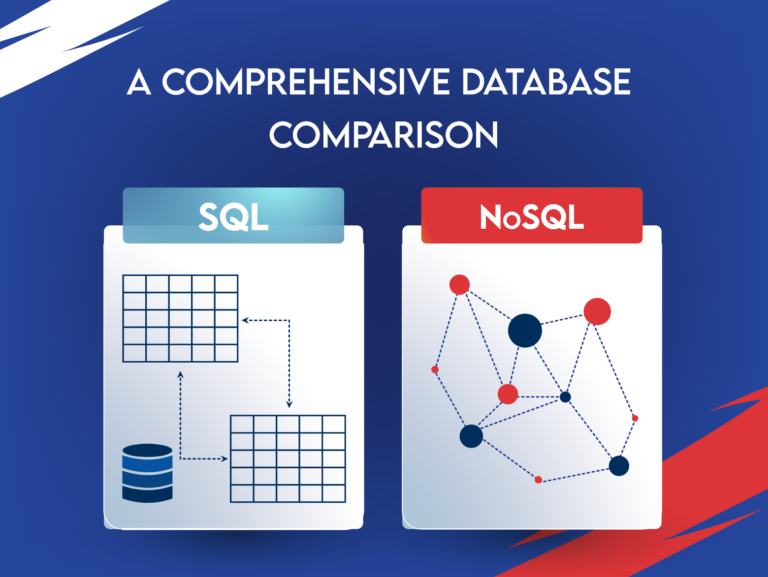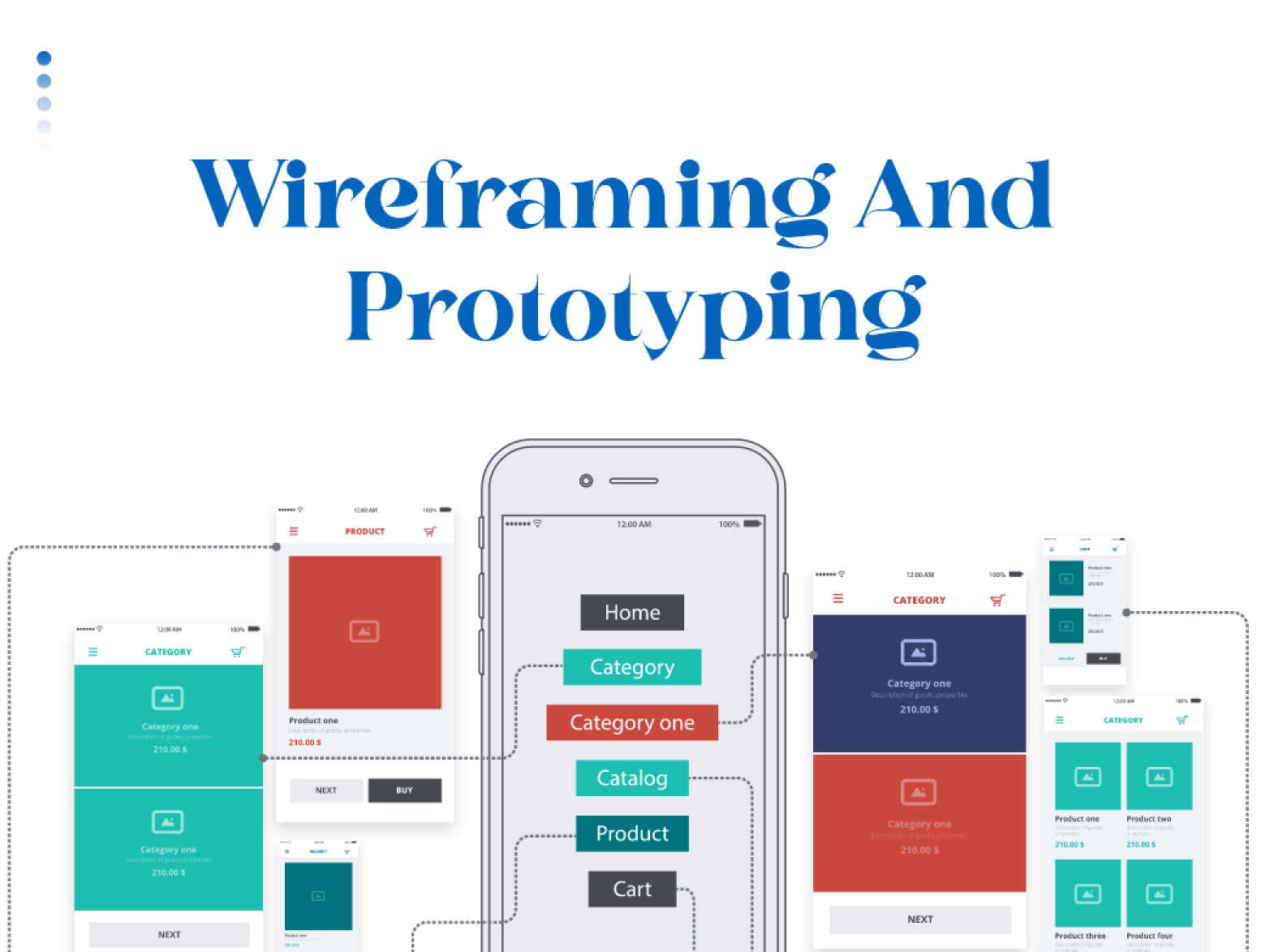The comparison between NoSQL and SQL primarily focuses on consistency, availability, and speed. The specific needs of an enterprise typically determine the choice between these two types of database systems.
What is SQL?
SQL, a specialized language for managing and querying data, enables users to interact with relational databases by performing operations like querying, inserting, deleting, and updating records. Additionally, SQL provides capabilities for implementing intricate logic through transactions and incorporating embedded procedures like stored functions or views.
What is NoSQL?
NoSQL, short for “Not only SQL,” refers to a database type that employs non-relational data structures like documents, graph databases, and key-value stores for data storage and retrieval. Unlike traditional relational databases, NoSQL systems offer enhanced flexibility and can quickly scale to handle varying usage and workload demands. This makes them well-suited for diverse application scenarios.
Key features of SQL
- SQL is capable of handling a large number of transactions.
- It is well-suited for applications with a predefined schema.
- Data is stored in tables with columns and rows.
- Relational databases support joint operations and allow for complex queries.
- They utilize a normalized data structure.
- Relational databases can be vertically scaled to accommodate increasing demands.
- They are commonly used in bank and e-commerce applications.
Key features of NoSQL
- Non-relational databases offer high-performance capabilities.
- They are suitable for storing unstructured data.
- Data is stored in collections and documents.
- Non-relational databases can be horizontally scaled to handle increased data volume and traffic.
- They are particularly well-suited for data analysis purposes.
- Non-relational databases are commonly used in social media applications.
Advantages and disadvantages of SQL
Advantages:
- Improved efficiency and performance due to data normalization and optimization opportunities, resulting in a reduced data storage footprint.
- Strong data integrity is ensured through ACID (Atomicity, Consistency, Isolation, Durability) properties.
- Standard access to data using SQL.
- Greater flexibility in query support enables handling a wide range of workloads. SQL abstraction allows for query optimization based on the on-disk representation.
Disadvantages:
- Rigid data models necessitate careful initial design to ensure performance and resistance to schema changes, which may cause downtime.
- Horizontal scaling can be challenging, with limited or ad-hoc support, particularly with less mature technologies.
- Non-distributed engines are susceptible to single points of failure, requiring replication and failover techniques for mitigation. There is no illusion of infinite scalability.
Examples of SQL databases:
- PostgreSQL
- MySQL
- Oracle
- SQL Server
See also: Angular Vs .NET A Comprehensive Comparison of Web Development Frameworks
Advantages and disadvantages of SQL
Advantages
Scalable and highly available:
Many NoSQL databases are designed for seamless horizontal scalability with minimal single points of failure.
Flexible data models:
NoSQL systems generally allow developers to adapt data models without upfront commitments, and schemas can often be changed on the fly.
High performance:
NoSQL systems can achieve exceptional performance levels by focusing on specific functionalities and relaxing certain guarantees.
High-level data abstractions:
NoSQL databases offer powerful data structures and APIs beyond the traditional “value in a cell” model. For example, Redis includes a native-sorted set conception.
Disadvantages
Vague interpretations of ACID constraints:
ACID support in NoSQL systems can vary, and the performance of ACID properties may differ, making it challenging to determine the database’s semantics.
Distributed systems complexities:
NoSQL systems often require developers to deeply understand distributed systems concepts, such as the CAP theorem and how it applies to the specific database being used.
Lack of flexibility in access patterns:
Without the relational/SQL abstraction, the on-disk representation of data becomes more visible in application queries, limiting the database engine’s optimization capabilities.
Examples of NoSQL databases:
- Redis
- CouchDB
- MongoDB
- Elasticsearch
- Cassandra
Comparison between SQL and NoSQL
A relational (SQL) database is well-suited for managing well-understood data models that don’t change frequently, require compliance with strict international standards, and prioritize data consistency over transaction speed.
On the other hand, a non-relational (NoSQL) database is advantageous for companies that encounter evolving data requirements, can adapt to rapidly changing vendor-driven standards and APIs, and handle diverse data types and high traffic volumes.









